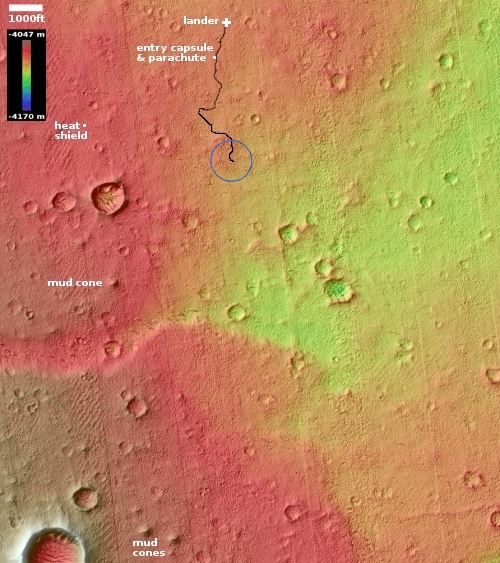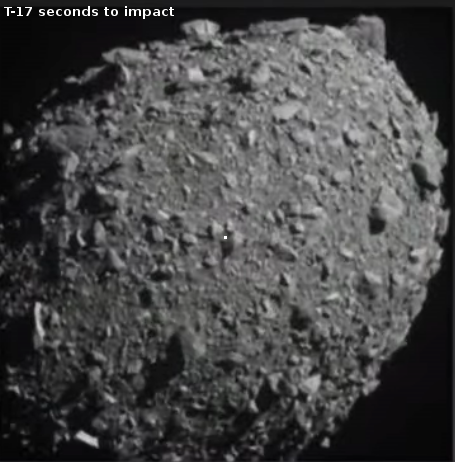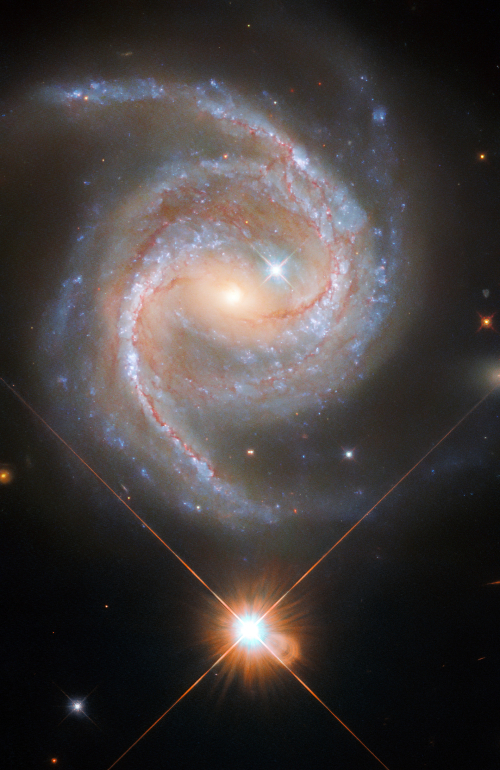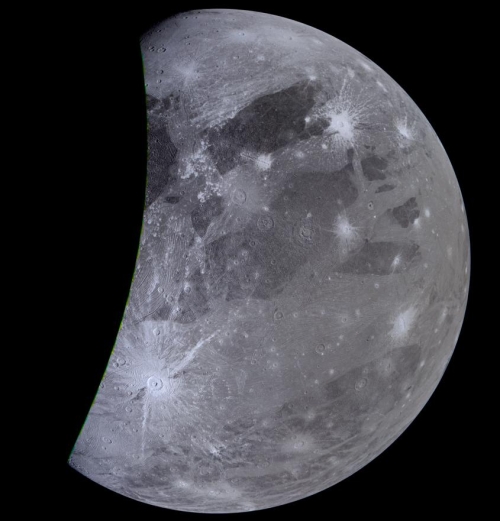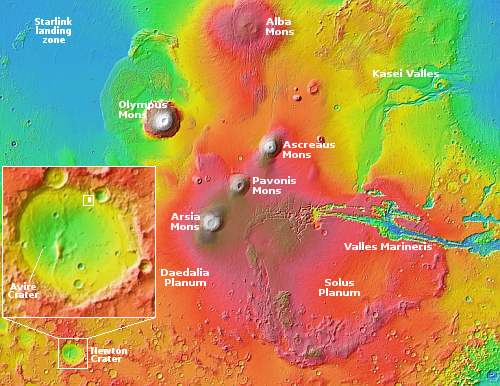Astra’s last rocket failure pinpointed to upper stage engine
Astra has determined that the launch failure in June 2022 was because the upper stage engine of its Rocket 3.3 rocket was burning fuel faster than it was supposed to.
“We’ve determined that the upper stage shut down early due to a higher-than-normal fuel consumption rate,” the update reads. “We have narrowed the root cause to an issue with the upper stage engine. We have also completed many rounds of ground testing, including multiple tests that yielded results consistent with the failure condition in flight.”
When the failure happened, the company had quickly determined that the upper stage had shut down prematurely. The investigation has now determined that it had simply run out of fuel, because of that higher-than-intended burn rate.
While they say they will next institute corrective measures, that seems unlikely for this engine. In August Astra announced it would no longer launch Rocket 3.3, and was instead shifting to the development of a newer bigger rocket, Rocket-4. It now appears that decision was made based on the results of this investigation. The engine probably has fundamental issues that could not be resolved easily.
This decision to cease use of Rocket 3.3 essentially removed Astra as an operational rocket company. Whether the company can re-enter the launch market with a new rocket however remains very unclear.
Astra has determined that the launch failure in June 2022 was because the upper stage engine of its Rocket 3.3 rocket was burning fuel faster than it was supposed to.
“We’ve determined that the upper stage shut down early due to a higher-than-normal fuel consumption rate,” the update reads. “We have narrowed the root cause to an issue with the upper stage engine. We have also completed many rounds of ground testing, including multiple tests that yielded results consistent with the failure condition in flight.”
When the failure happened, the company had quickly determined that the upper stage had shut down prematurely. The investigation has now determined that it had simply run out of fuel, because of that higher-than-intended burn rate.
While they say they will next institute corrective measures, that seems unlikely for this engine. In August Astra announced it would no longer launch Rocket 3.3, and was instead shifting to the development of a newer bigger rocket, Rocket-4. It now appears that decision was made based on the results of this investigation. The engine probably has fundamental issues that could not be resolved easily.
This decision to cease use of Rocket 3.3 essentially removed Astra as an operational rocket company. Whether the company can re-enter the launch market with a new rocket however remains very unclear.




